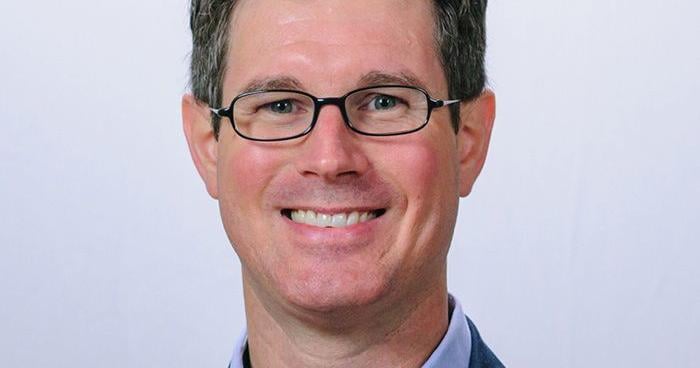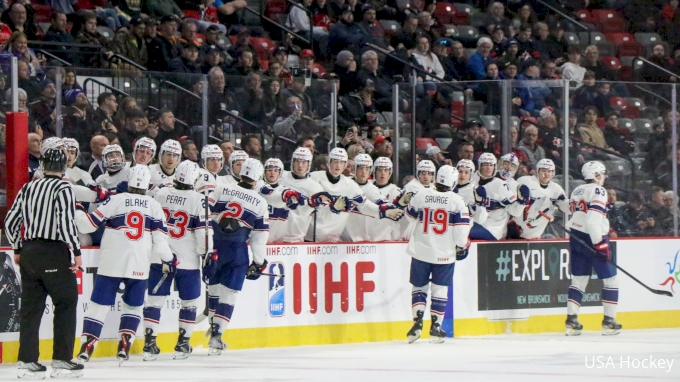Sports
Even as interest in women’s college sports rises, report finds big gap in participation • Iowa Capital Dispatch

WASHINGTON — A congressional watchdog in a new report called on the U.S. Department of Education’s Office for Civil Rights to improve its enforcement of Title IX compliance in college athletics.
The U.S. Government Accountability Office in the report issued Thursday appeared critical of the OCR’s oversight in expanding opportunities for women in college athletics, saying the office “conducts few proactive activities.” Women take part in college sports at lower rates than men, even though they enroll at higher rates, the report found.
The criticism also arrives at a time when women’s college sports, particularly basketball, have recently gained more popularity and viewership. The prominence of Caitlin Clark, the former guard for the University of Iowa women’s basketball team who became the NCAA Division I’s all-time leading scorer across women’s and men’s basketball, has helped propel the momentum.
During the 50 years since its adoption, Title IX of the Education Amendments of 1972 has prohibited discrimination based on sex in activities or programs receiving federal funding. The federal law also mandates “schools to provide equal opportunity based on sex.” The department’s OCR is tasked with enforcing compliance of Title IX.
U.S. Rep. Bobby Scott, ranking member of the House Committee on Education and the Workforce, released the GAO report with U.S. Rep. Suzanne Bonamici, ranking member of the House Subcommittee on Early Childhood, Elementary, and Secondary Education.
“Every student who wants to play a sport in college should have a fair and equal opportunity to do so,” said Scott, a Democrat from Virginia.
“Regrettably, today’s GAO report confirms that while female college enrollment numbers outpace male enrollment, opportunities for female athletes significantly lag behind their male counterparts,” he said.
Bonamici, a Democrat from Oregon, said the federal law “sets a standard of equal opportunity that too many schools have failed to meet.” She added that the GAO report “shows that women enroll in college at a higher rate than men but consistently participate in college athletics at a lower rate than men.”
Gap in women’s and men’s sports participation
The report highlighted the persistent gap in college sports participation between women and men. Approximately 93% of colleges saw lower athletic participation rates for women relative to their enrollment rate during the 2021-2022 academic year.
Title IX also requires schools receiving federal funding to have participation numbers of men and women in college sports to be “substantially proportionate to their overall enrollment,” according to the Department of Education.
Yet, women’s overall athletic participation rate fell 14 percentage points behind their enrollment rate in the 2021-2022 academic year, the GAO found.
Communication delays
The GAO noted that the OCR made “limited use of available data for oversight purposes” and did not “always communicate with colleges in a timely way during monitoring.”
On average, it took half a year for the OCR to respond to colleges after “they submitted their Title IX athletics monitoring reports,” per the GAO.
The congressional watchdog found “years-long delays in communication between OCR and some colleges.” In 10 of 26 cases, it took at least a year or longer for the OCR to communicate with a college. In one case, it took nearly seven years for the OCR to approve the college’s proposed methodology for assessing whether it complied with Title IX athletics requirements, the GAO said.
In response to the report, Catherine Lhamon, assistant secretary for civil rights at the department, said the department is “fully committed to work with GAO to ensure the recommendations are implemented, to the extent possible.”
The attention paid to women’s sports is on the rise, thanks in part to Clark’s popularity on the court. Clark now plays for the WNBA’s Indiana Fever.
In April, the women’s basketball championship garnered more viewers compared to the men’s championship game for the first time in NCAA history, according to Nielsen, which measures media audiences.









